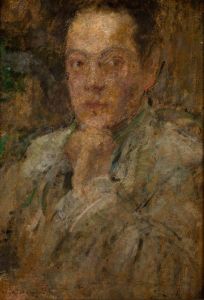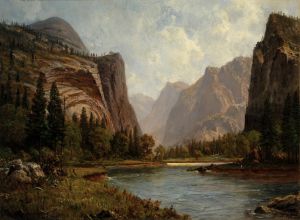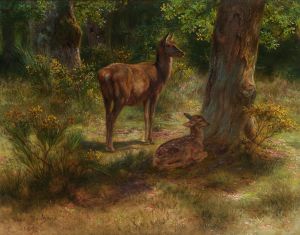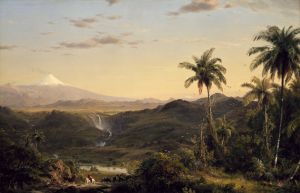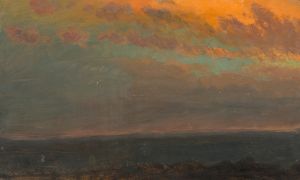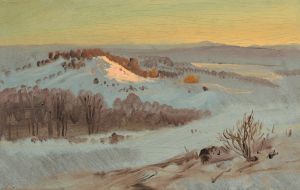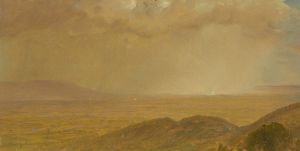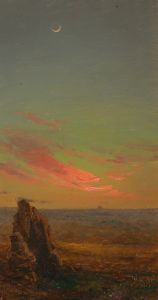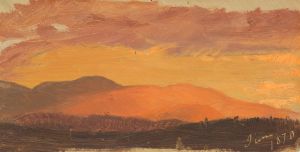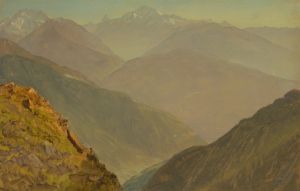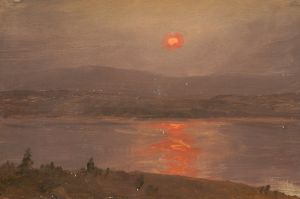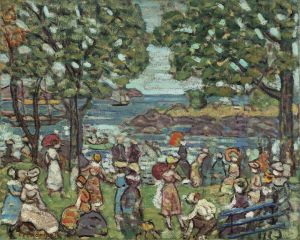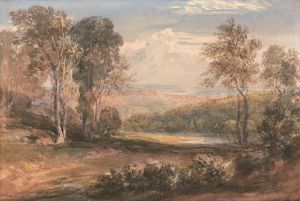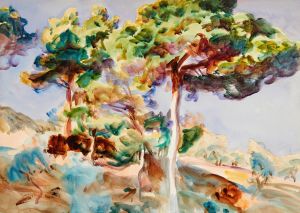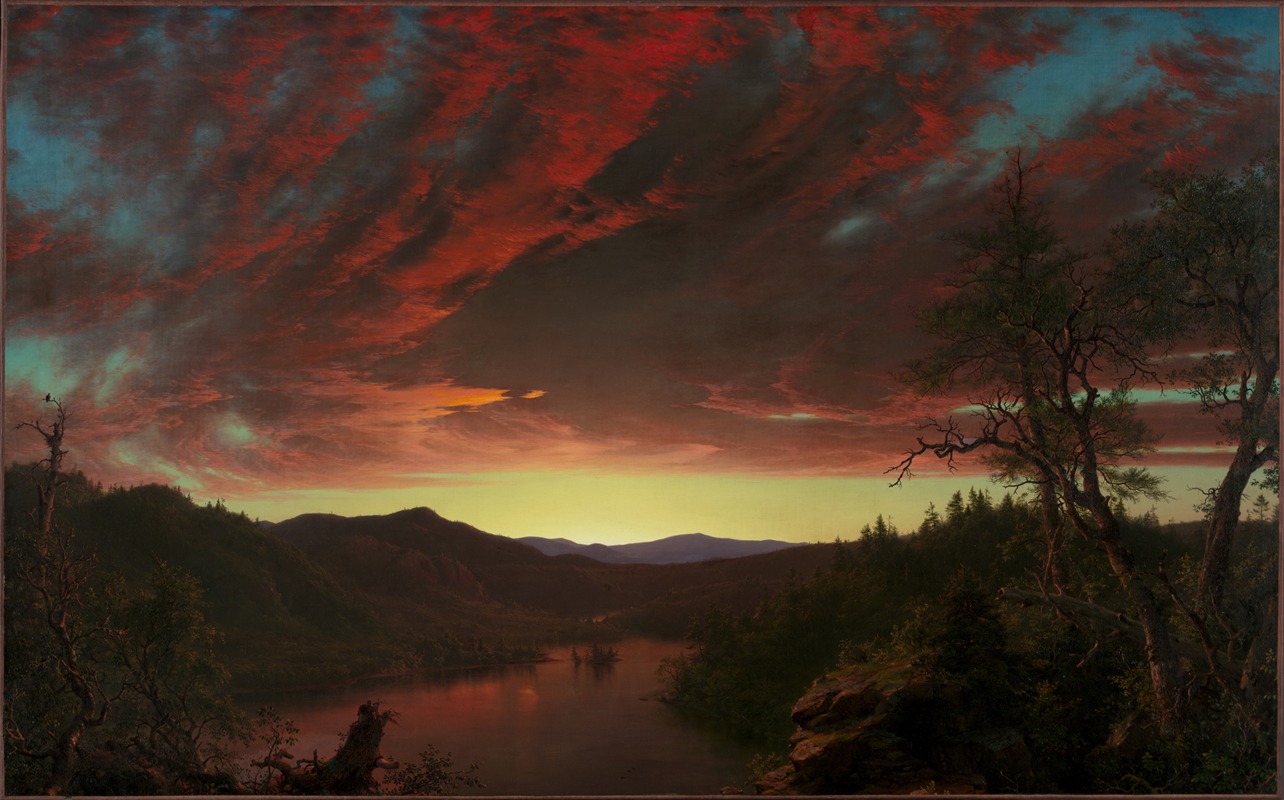
Twilight in the Wilderness
A hand-painted replica of Frederic Edwin Church’s masterpiece Twilight in the Wilderness, meticulously crafted by professional artists to capture the true essence of the original. Each piece is created with museum-quality canvas and rare mineral pigments, carefully painted by experienced artists with delicate brushstrokes and rich, layered colors to perfectly recreate the texture of the original artwork. Unlike machine-printed reproductions, this hand-painted version brings the painting to life, infused with the artist’s emotions and skill in every stroke. Whether for personal collection or home decoration, it instantly elevates the artistic atmosphere of any space.
Twilight in the Wilderness is a celebrated oil painting created by Frederic Edwin Church, one of the leading figures of the Hudson River School, a mid-19th-century American art movement known for its detailed and romanticized depictions of the American landscape. Completed in 1860, this painting is widely regarded as one of Church's masterpieces and a quintessential example of luminism, a style characterized by attention to light, atmosphere, and meticulous detail.
The painting depicts a dramatic sunset over a wilderness landscape, likely inspired by the rugged scenery of the American frontier. The composition features a vivid, fiery sky transitioning from deep reds and oranges to soft purples and blues, reflecting the fading light of day. The foreground includes a tranquil lake surrounded by dense forests and rocky outcroppings, while the distant mountains add depth to the scene. The interplay of light and shadow, combined with the intricate rendering of natural elements, creates a sense of awe and reverence for the untamed beauty of the American wilderness.
Twilight in the Wilderness is often interpreted as a patriotic celebration of the American landscape, painted during a period of growing national tension on the eve of the Civil War. While Church did not include overtly symbolic elements in this work, the painting's grandeur and emotional resonance have led some art historians to view it as a reflection of the nation's anxieties and hopes during a time of uncertainty. However, Church himself did not leave any written explanation of the painting's intended meaning, and such interpretations remain speculative.
The painting was created during a time when Church was at the height of his artistic career. Known for his extensive travels and meticulous studies of nature, Church often drew inspiration from his observations of real landscapes. Although the exact location depicted in Twilight in the Wilderness is not identified, it is believed to be a composite scene, combining elements from various sketches and studies Church made during his travels in the northeastern United States.
Today, Twilight in the Wilderness is housed in the Cleveland Museum of Art in Cleveland, Ohio. It remains one of the museum's most iconic works and a prime example of 19th-century American landscape painting. The painting continues to be celebrated for its technical brilliance, emotional impact, and its ability to evoke both the majesty and fragility of the natural world.





